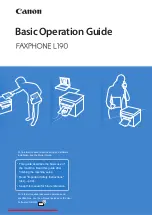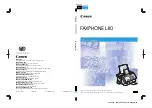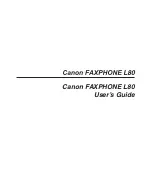
95
5-2-2020
APQS.com
Daily Maintenance
The next would the rear cover that houses the Smart Touch Panel and the stitch length gauge. There are 2 screws on
each side that will need to also be loosened 1 full turn counterclockwise.
Now that those two components are loose, you should be able to slide the cover off the side of the machine.
Loosen 2 screws on each side 1 full turn counter clockwise
Slide plate to side and remove from
back of machine
















































